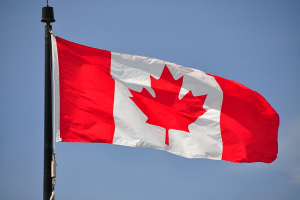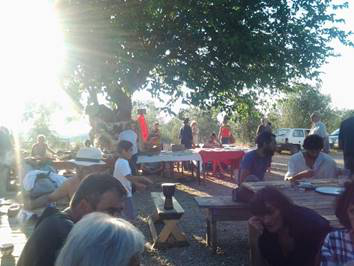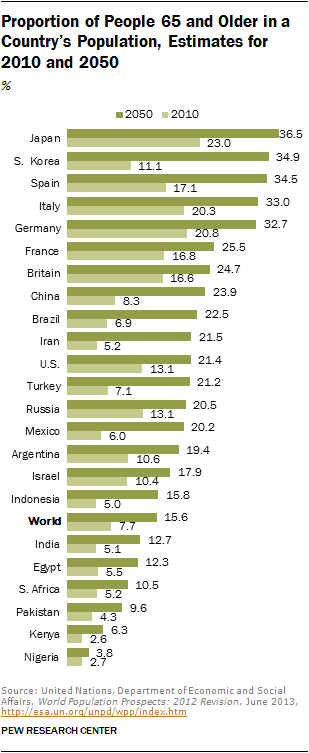Three bucks. For a cucumber.
A sign posted in the produce section of a Halifax area Superstore apologized to customers for the inconvenience.
”Due to weather related issues in the growing regions coupled with the impact of U.S. exchange,” the sign reads, “we are unfortunately experiencing significantly higher than normal costs and gaps in supply.”
These signs have been posted in Superstores in the Halifax area. (Nancy Waugh/CBC)
No one from Loblaw, the chain which owns Atlantic Superstore, was available to comment Saturday.
Dominion grocery stores, also owned by Loblaw, posted similar signs in Newfoundland this week.
The price of groceries in Canada has risen by 4.1 per cent in the last year — faster than inflation, according to a recent food price forecast by the University of Guelph.
Canada imports 81 per cent of its produce, much of that from the U.S., which has had variable weather and drought in the last year. That problem has been compounded by a sudden, severe drop of the Canadian dollar last winter, largely due to oil, the report said.
Consumers saw the price of fruit jump by 9.1 per cent and vegetables even more by 10.1, the report found.
Food prices ‘steadily marching up’
Annette d’Eon picked up a few groceries at Quinpool Road’s Superstore Saturday afternoon. Food prices she’s seen have been “steadily marching up,” she said.
…click on the above link to read the rest of the article…
















